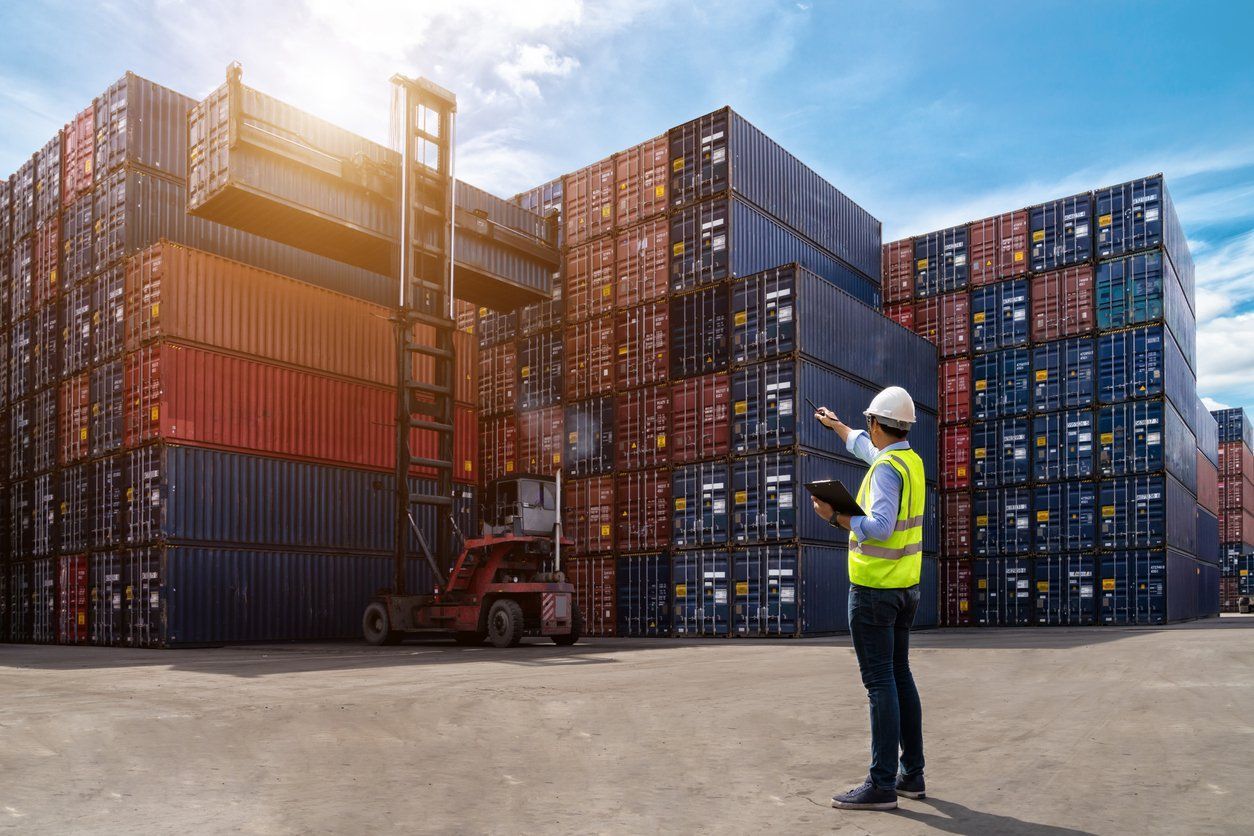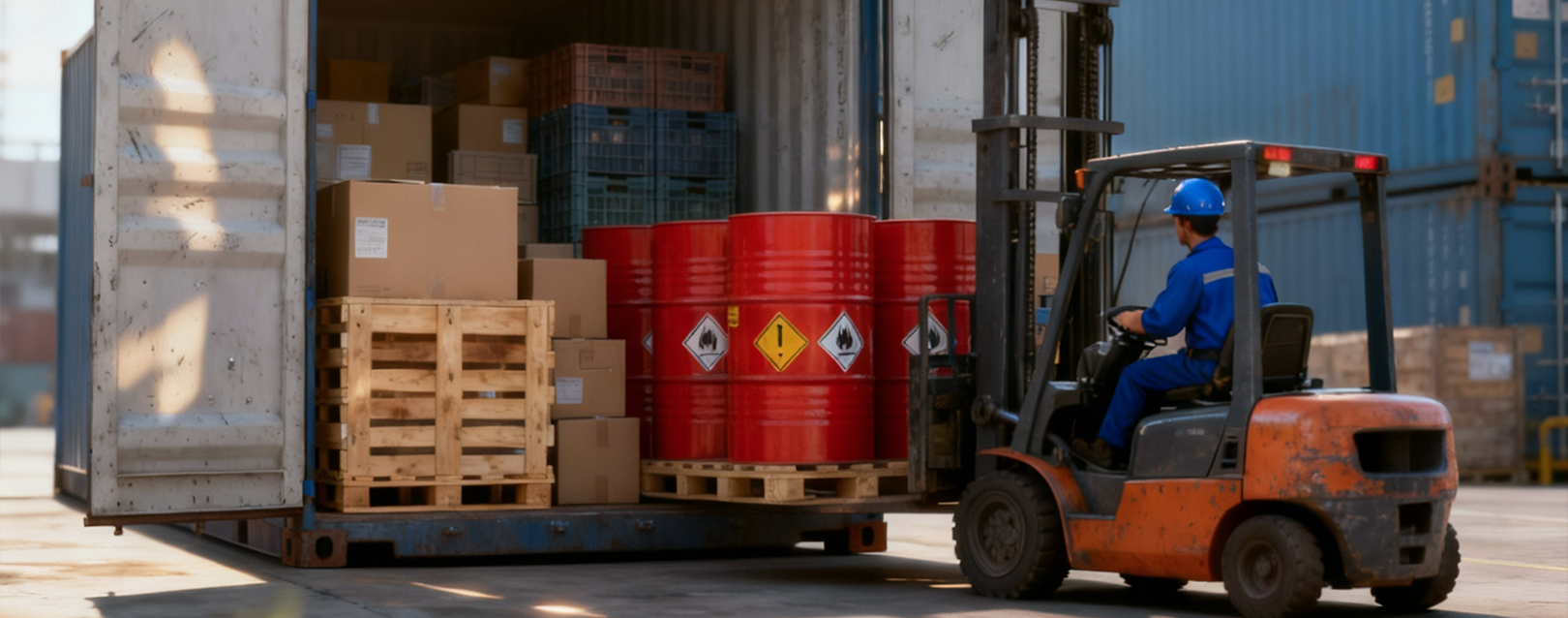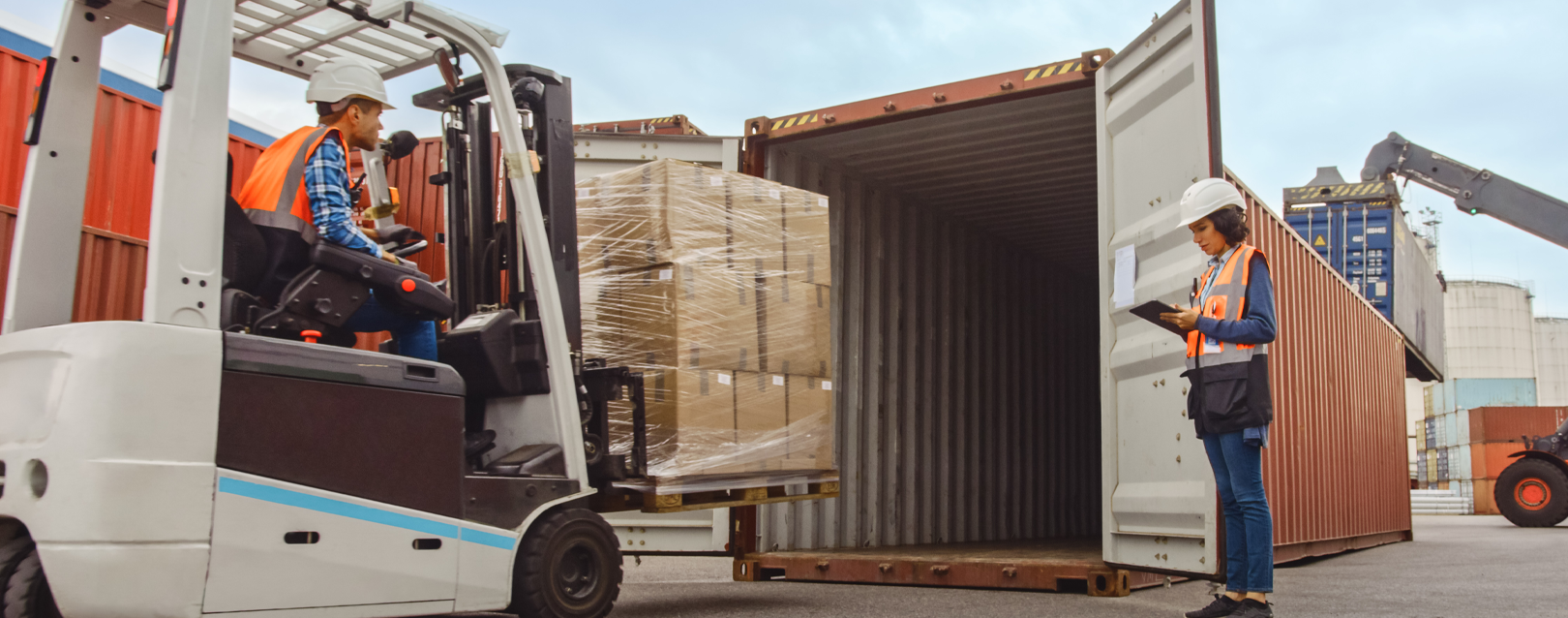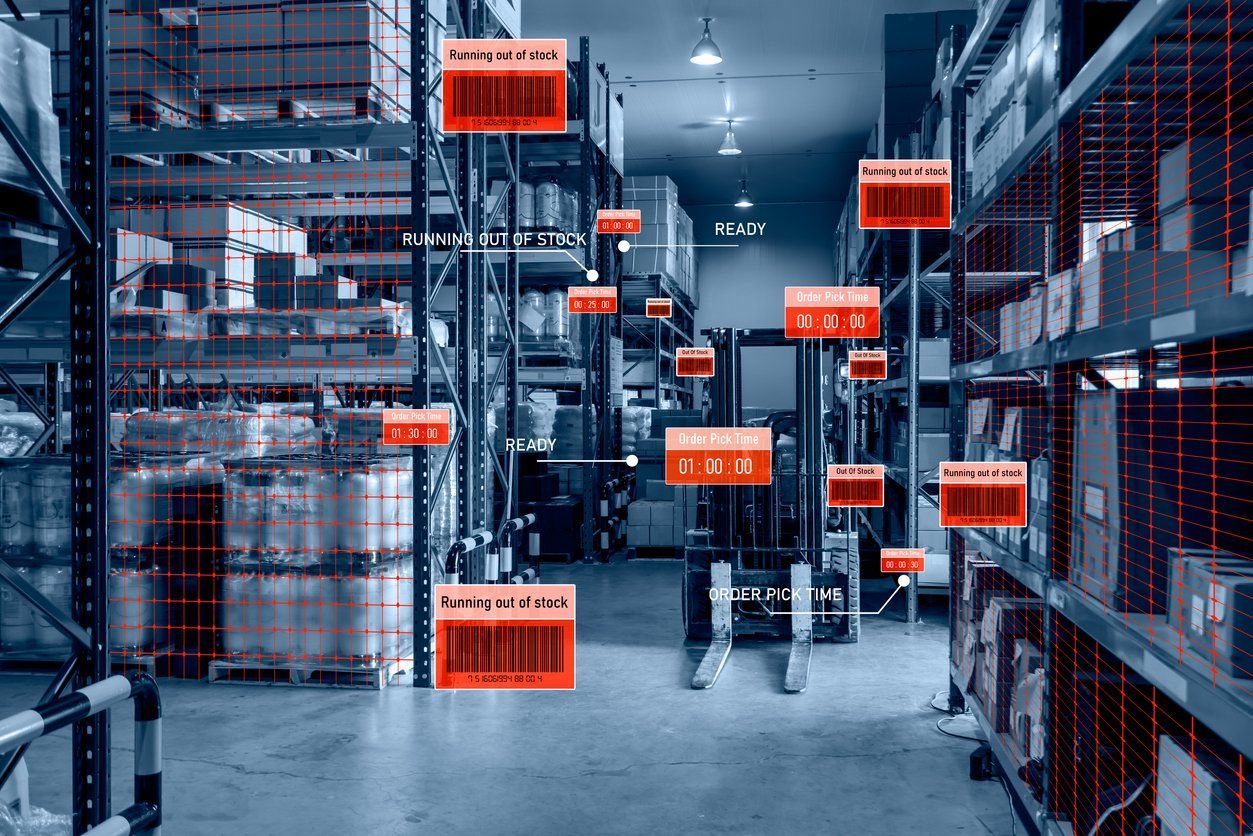
It’s easy to get used to technology. A person who, in the past, spent 4 hours commuting and waiting in a room to deliver a document can now easily get stressed if a system crashes for 5 minutes.
It’s true that our lives have changed as well. Nowadays, everything moves faster and demands greater agility. Technology continues to advance, systems update, change, and acquire new standards and formats. Amidst all this, we need to deliver our work quickly and with quality.
Because we have adapted to the new normal, we end up not thinking about technology. We might even imagine its future, but we don’t reflect on its history, let alone its present. Sometimes we get the impression that we are at the peak of development when, in reality, we are just beginning.
We wrote this article as an invitation for you to join us in thinking about the evolution of technology in foreign trade. Think about how it has changed our way of working and the perspectives it brings for the future.
To discuss with us the evolution of import and export systems in Brazil up to the arrival of the Siscomex website, with the authority of someone who understands the subject, we invited Beatriz Grance from Blue Route. Continue reading and check it out!
Import and Export Systems Have Evolved More Than It Seems
As we desire and need practicality, it becomes difficult to empathize with the machine! If things don't work well, we complain. This is the 'natural' order of things. Reflection won't solve our problems with unsatisfactory technology: that's a job for programmers!
However, we can reduce a lot of stress by understanding that we are at the peak of an evolution that took decades to happen and will continue to progress. Beatriz comments on this misunderstanding:
“There was a whole process. Many people say, 'oh, this is rubbish,' but few know the behind-the-scenes of this journey that took more than twenty years for us to get to where we are. Today we are reaching a single foreign trade portal, but starting from a tangle of systems, right?”
From Beatriz's speech, we can remember when everything was done on paper. At that time, there were several forms to fill out, declarations, stamps, waits, comings and goings to carry out any international trade process.
The first import and export systems were close to the reasoning of this process, transmitting a similar logic to the machine. This leads us to think that the change in mindset is part of technological development.
Technological Advancement Involves a New Way of Thinking
The advancement of technology is integrated with a logic of thought geared towards simplicity, involving new methodologies and strategies designed by people to facilitate processes. Technology is an intermediary in this.
Similarly, system innovation, for example, needs to deal with various issues: all existing data, ongoing situations, people's training, and the gradual implementation of new features.
We know this today, thanks to so many first steps that have taught us.
The Evolution of Import and Export Systems and New Perspectives for the Siscomex Website
Let's take a brief look back at the first steps of Comex systems up to the present day?
1993 - Siscomex Export Sisbacen Module
The Sisbacen Module introduced technology to Brazilian foreign trade processes, initially for export activities only. It was used between 1993 and 2012. You don't need to be an expert to imagine that, during those 19 years of use, this system experienced technological obsolescence with negative impacts on users.

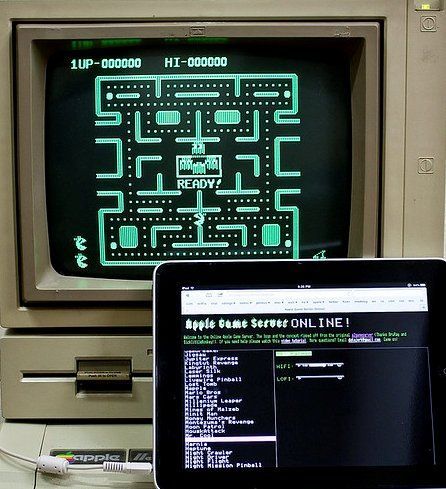
Between the launch date of the module and 2011, exports grew by 567.2%, and the system's resources for data processing and storage were no longer efficient. Thus, in addition to operational problems, this system also began to be costly for the Federal Government.
Those who used the first Siscomex started with the most difficult. The interface was not user-friendly, resembling the DOS Prompt and other resources that only programmers use today. On the playful side, it resembled Atari games like Pacman.
1996 - Siscomex Import VB
Those working with imports had to wait another 3 years to get technological reinforcement. Only in 1996 was the first Siscomex for imports launched, and its implementation took place from January 1, 1997.
The wait, however, resulted in some improvements over the export module, such as offline filling, preventing a system failure from necessitating redoing all the work. This system used the Visual Basic platform, a popular resource at the time: hence the name includes “VB” at the end.
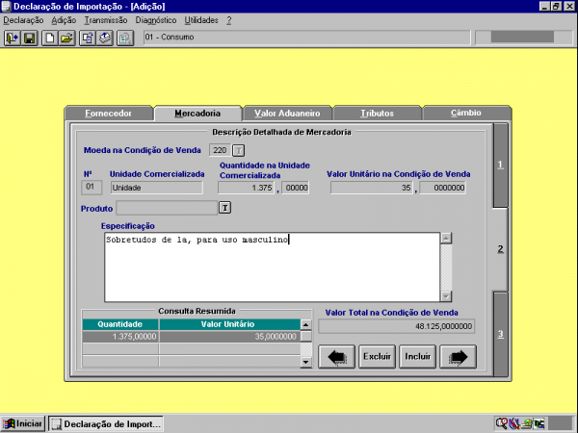
2012 - Updating Import and Export Systems and Functioning on the Web
In 2012, import and export systems continued to operate separately. However, they began using a web platform instead of a desktop-installed system, which brought many benefits.
The new systems responded to technological obsolescence. In addition to channel improvements, a more user-friendly interface, and a better-quality internet network, they also gained in organization and functionalities regarding Comex processes.
The systems began to offer monitoring alternatives. In Siscomex Exportação WEB, for example, the exporter could better visualize the process through a summarized report.
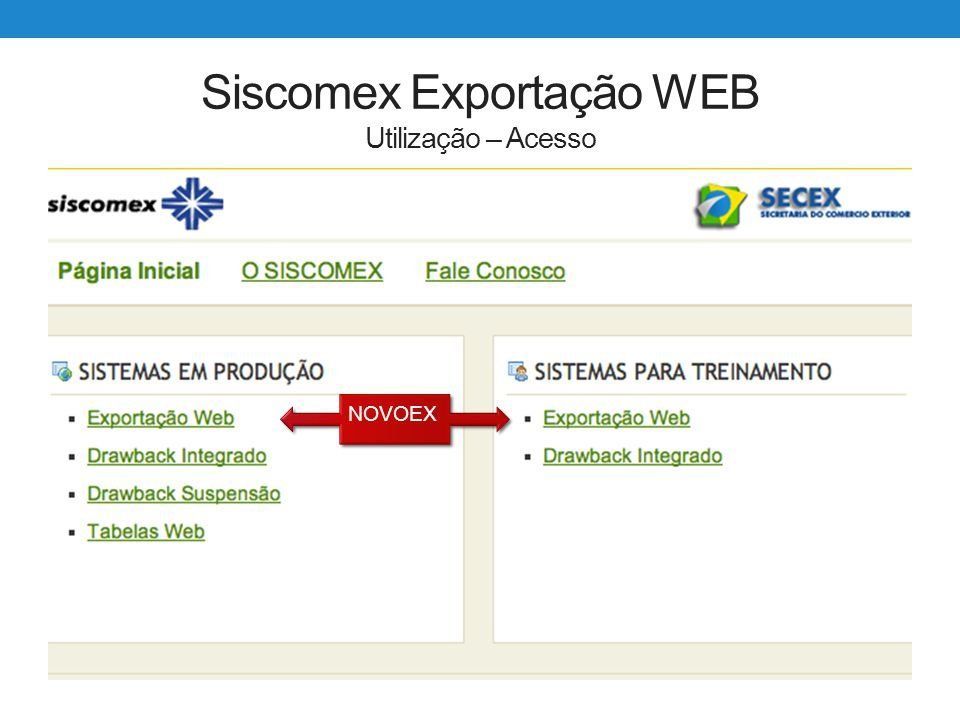
2014 - Siscomex Website - Single Foreign Trade Portal
This is the same system you use today, although with updates since its launch. This version of the Siscomex website integrates services into a single portal, reducing bureaucracy and consequently the time and cost of export and import processes.
For the development of the new system, there was a partnership with the private sector to identify bottlenecks in Brazilian Comex processes. Beatriz illustrates what this transformation meant, using cargo procedures as an example:
“Before, it was a tangle of redundant information, now, it’s a 'baton pass.' Cargo and transit control represents exactly that: You no longer permeate several systems, but rather, one system orchestrates the flow of activities, encompassing the necessary information, once. Let's take the example of DUE/CCT, which is what’s currently in place: the exporter registers the invoice, and the invoice is an input for terminal entry, as well as for the creation of the DUE. At the moment of terminal entry, who holds the baton? It can be directly with the port operator. But we can make it a bit more complex: if stuffing is done at the REDEX and then the baton is passed to the port operator. Meanwhile, the DUE happens in parallel, and within minutes the parameterization channel is presented, the port operator passes the baton to the international carrier, and with the manifestation of shipping data, we finally have the Completely Exported Cargo (famous CCE). Look how cool: all this in one portal!”
2018 - DUE and DUIMP - Perspectives for the Future
The successors of the current Siscomex website have been in training since 2018. The new proposal is to further eliminate bureaucracy, consolidating all processes into a single document: the DUE - Single Export Declaration or the DUIMP - Single Import Declaration.
The implementation of the new processes will effectively consolidate the Siscomex Single Portal proposal. These transformations bring with them the evolution not only of technology but also of new work methods, such as agile methodologies.
Moreover, they project the adoption of APIs: an acronym that stands for “Application Programming Interface” in Portuguese. With this programming standard, one software can integrate with another, like Google Maps, which was used to create Uber and can be integrated into other sites. In essence, through APIs, applications can communicate.
Meanwhile, on the Serpro website, it is already possible to consult DUEs, among other information on foreign trade processes. Private companies are also advancing in offering new services, systems, and extractions that control and generate a single report, as well as future API integration offerings, as planned by Blue Route itself.
The swift journey we took through the cyberspace of import and export system evolution reveals a future where much more will happen. Technology brings ease, but it’s worth remembering that to fully utilize it, you need to know these waters.
Are you already preparing to navigate the future of digital Comex? To stay even more updated on changes and advances in international trade processes, also read our article: The Impact of Logistics 4.0 on Import and Export.
Continue a navegar no blog da Allink
Mantenha-se informado sobre o comércio exterior
Assine nossa newsletter e receba atualizações semanais de forma gratuita sobre o mundo da logística.


